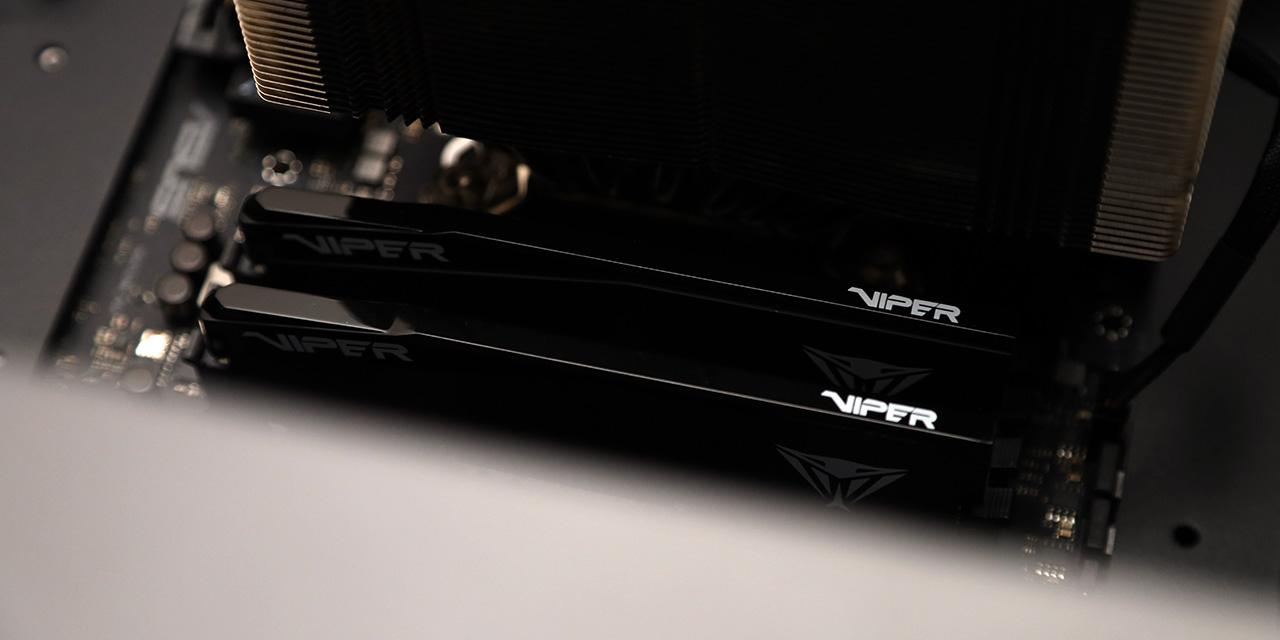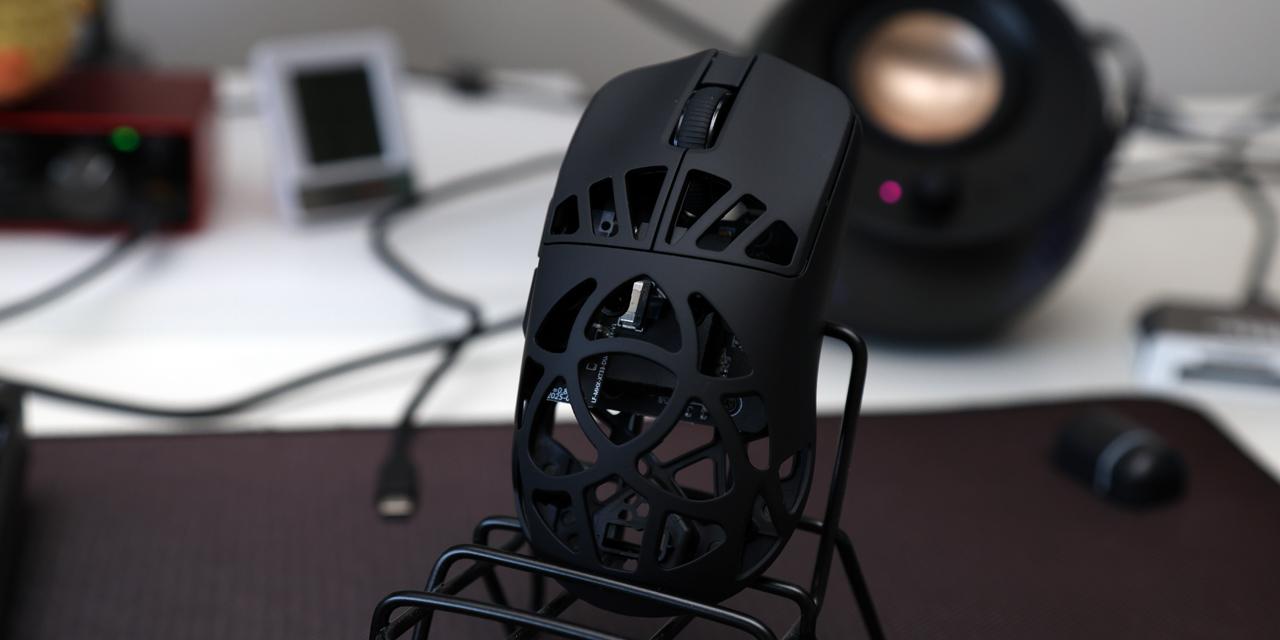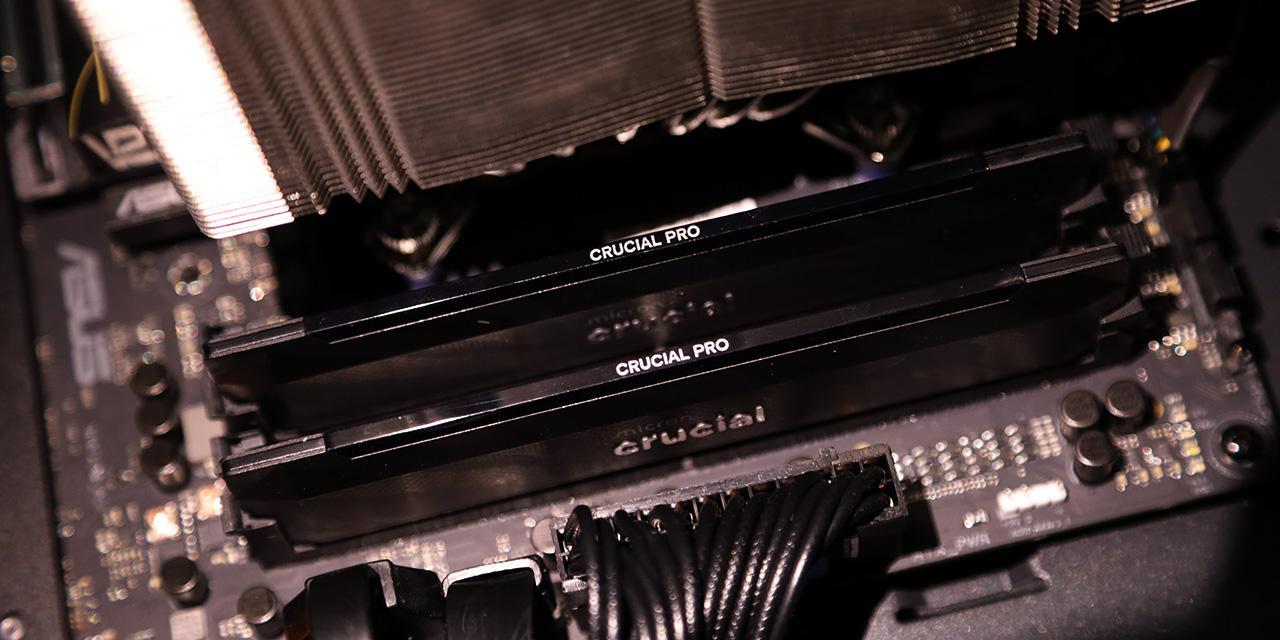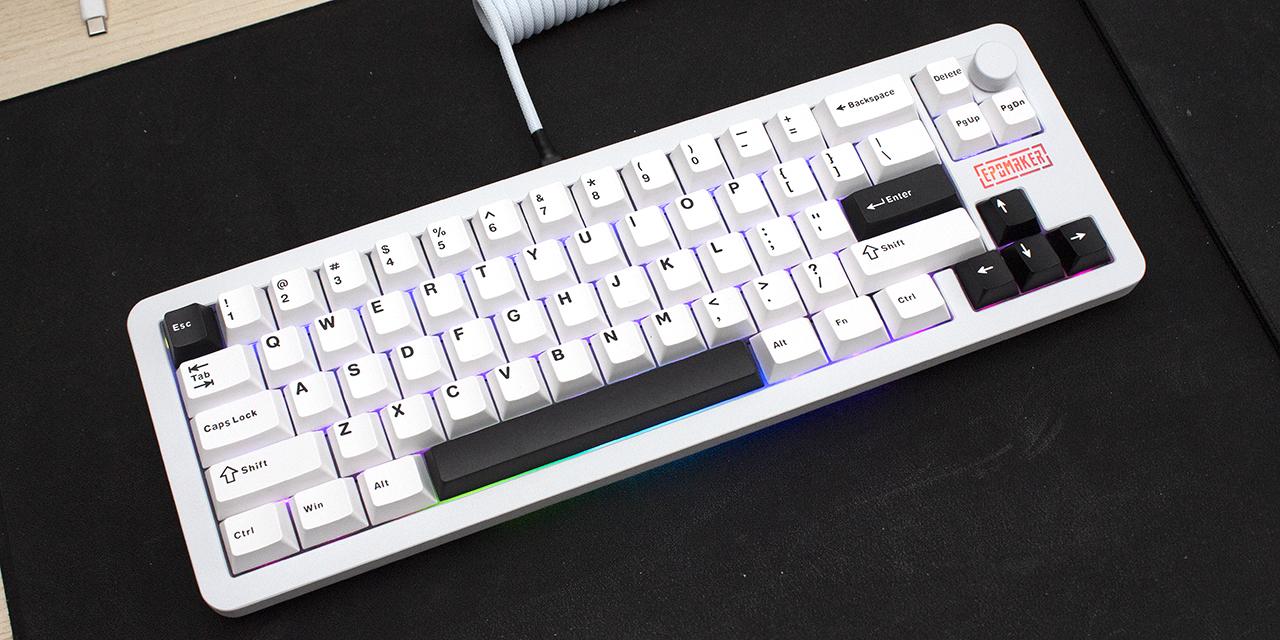Page 2 - A Closer Look, Test System

With a heatsink on top, the Crucial P310 2280 2TB is a bit more complex in its appearance and physical layout. The drive itself still follows a standard full-size 2280 format, but out of the box, it is notably larger. The heatsink is clean with only Crucial branding and the product name printed on top. It is black in color with gray printing. The heatsink is not a solid block of metal, as there is a tunnel inside and fins that go from one end to the other. This allows air to pass through the material and remove heat. It is not entirely clear what material the heatsink is, but Crucial's other drives have aluminum heatsinks with a nickel-plated copper core. The top piece clips into an aluminum frame on both sides and contacts the components through a blue thermally conductive pad. This is PlayStation 5 compatible, as there is clearance for this heatsink, but you will not be able to fit this into any laptop. Instead, you can use the standard P310 2280. There is also a P310 2230 variant for handheld devices like the Steam Deck.
The Crucial P310 2280 2TB, as the name suggests, is an M.2 2280 format SSD. This means the drive is 22mm wide and 80mm long. The heatsink makes the whole thing 10mm thick. Its components are located on the black printed circuit board, which we will show shortly. The Crucial P310 2280 2TB utilizes the NVMe 2.0 logical devices interface and plugs directly into compatible motherboards via the M.2 header. Electrically, this interfaces with PCIe 4.0. The P310 uses four lanes for up to 8000MB/s bandwidth in each direction. The weight of the heatsink-laden Crucial P310 2280 2TB is 28g.

On the backside of the Crucial P310 2280 2TB, you will find no components of interest, whether looking at this aluminum shell or the PCB. The labels here denote miscellaneous information for this product's model name, capacity, serial number, and regulation certifications. Otherwise, you can see this drive originated from Malaysia, where a lot of other Crucial drives have also come from.

Removing the heatsink of the Crucial P310 2280 2TB is a bit more complicated than pulling off a label, because the metal clips are a bit trickier to pry open. I would not recommend doing this, especially if you purposefully obtained this drive for the use of the heatsink, as there are no configurable parts underneath. At the heart of the P310 2TB, we have a Phison PS5027-E27T. This is the same as the other P310 drives we have reviewed. It is an NVMe solution on the M.2 socket that uses the PCIe 4.0 standard. According to Phison, the controller is built with TSMC's 12nm process with a 32-bit microcontroller. Based on the "T" in the name, you know there is no extra memory chip on the SSD. This is a bit of a disadvantage to having no DRAM, as this can affect prolonged read and write performance. To alleviate this, some SSDs without DRAM may utilize HMB, or Host Memory Buffer, and allocate some of the system's memory as a buffer location for faster access compared to flash NAND access. This is the case with the Crucial P310 2280 2TB. While this is useful for typical PCs, Sony Playstation 5 does not support HMB, so we may not see the same performance between a computer and console. The controller also supports native full drive encryption.
There is one Micron-branded N58R 232-layer quad-level cells in one chip labeled NY325. This translates to a MT29F16T08GSLDHL8-24QM:D with a capacity of 2TB on a single chip. Its rated write endurance is 440TBW, which is awfully low for a 2TB drive. For example, the most recently reviewed Kingston NV3, had a write endurance of 640TBW, and this was already a paltry number. 440TBW works out to 241GB per day for five years. Traditionally, QLC-based SSDs like the P310 2280 have a shorter write endurance. Internally, 48GB out of the 2048GB total capacity -- just under 3% -- is provisioned for the drive controller for overhead, so the actual usable space is 2TB, as advertised. In Windows, you will see 1863GB available. We could not find the rated power consumption for this drive.

To see how all this hardware translates to numbers in our benchmarks, we will pit the P310 2280 2TB against other SSDs from manufacturers like Lexar, Kingston, and Netac in the next seven pages or so.
Our test configuration is as follows:
CPU: Intel Core i5-12600K
CPU Cooling: be quiet! Light Loop 360mm
Motherboard: ASUS ProArt Z690-Creator WiFi
RAM: Crucial Pro Overclocking DDR5-6000 2x16GB
Graphics: EVGA GeForce RTX 3070 FTW3 ULTRA GAMING
Chassis: Thermaltake Core P3 TG Pro Snow
Storage: XPG Atom 30 1TB
Power: FSP Hydro PTM Pro 1200W
Operating System: Microsoft Windows 11 Pro
Compared Hardware:
- Crucial P310 2280 2TB (Heatsink Version)
- Kingston NV3 2TB
- Lexar Professional NM800 PRO 2TB
- Netac NV7000-Q 1TB
- Netac NV7000-t 1TB
Page Index
1. Introduction, Packaging, Specifications
2. A Closer Look, Test System
3. Benchmark: AIDA64 Disk Benchmark
4. Benchmark: ATTO Disk Benchmark
5. Benchmark: Crystal Disk Mark 8.0
6. Benchmark: HD Tune Pro 5.70
7. Benchmark: PassMark PerformanceTest 11
8. Benchmark: PCMark 10
9. Benchmark: 3DMark
10. Conclusion





